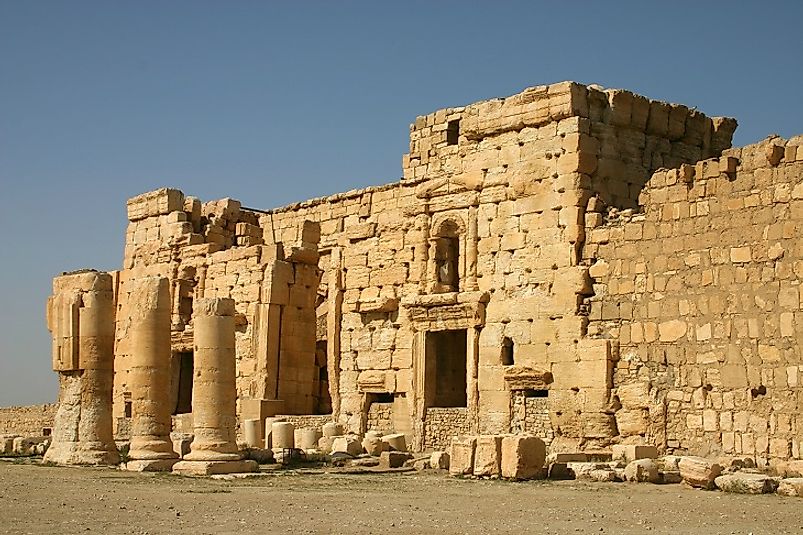Where Does The Syrian Desert Lie?

5. Description
The Syrian Desert, covering a total area of 500,000 square kilometers in southwestern Asia, extends from the northern parts of Saudi Arabia into southern Syria (covering an area of 130,000 square kilometers in Syria, roughly two-thirds of the country), and also stretches across parts of western Iraq and eastern Jordan. Damascus, the capital city of Syria and a UNESCO World Heritage Center, is located on an oasis in the Syrian Desert. The natural boundaries of the Syrian Desert are formed by the Euphrates River in the east, the Orontes Valley in the west, and the deserts of the Arabian Peninsula to the south.
4. Historical Role
Since ancient times, the Syrian Desert has served as the home of a number of indigenous nomadic Bedouin tribes who herded camels and practiced small scale agriculture along the oases of the desert to support their livelihoods. Though the establishment of modern international boundaries has forced many of these Bedouins to settle down near the oases in more recent times, a few such tribes still continue to practice their nomadic lifestyles. Safaitic inscriptions, written by literate Bedouins dating back to between the 1st Century B.C. and the 4th Century A.D., have been recovered at certain sites in the desert. In the new millennium, the Syrian Desert played an important role as a supply line for the Iraqi insurgents in the Iraq War (2003-2011).
3. Modern Significance
Though the Syrian Desert is largely inhospitable due to its harsh weather conditions, the presence of a number of highly fertile oases in the desert has allowed cities and towns to flourish in and along the areas of such oases. Damascus and Palmyra, each of which are UNESCO World Heritage Centers, are some of the most significant cultural centers of the ancient world,and both are located in this desert. The cultural significance of these cities has drawn tourists from all around the world, boosting the local economy by the income generated from the tourism sector. Unfortunately, the ongoing conflicts in the Middle East, such as the Iraq War and the still ongoing Syrian Civil War, have made Syria too dangerous to travel to. Animal herding in the steppes of the desert, and small scale agriculture in the oasis areas, also support the livelihoods of the desert’s human occupants.
2. Habitat and Biodiversity
The Syrian Desert offers a hot and dry climate, with extreme seasonal variations in temperature and very little precipitation. Daily mean temperatures can range, on average, from around 27 degrees Celsius in July to 7 degrees Celsius in January. Hot and dusty khamsin winds blowing in the desert, which are a local from of sandstorms, may raise the temperatures as high as between 43 and 49 degrees Celsius. The scanty vegetation cover on these lands includes shrubs, grasses, and desert lichens. Gazelles, jerobas, Ruppell’s sand foxes, wolves, vipers, Monitor lizards, chameleons, and scorpions are among the animal species that are common in the steppe and desert areas of the region. A variety of birds, like the Houbara bustard, Great bustards, Lesser kestrels, Lanner falcons, Eurasian griffons, and vultures, also occupy the habitats of the Syrian Desert.
1. Environmental Threats and Territorial Disputes
Recently, the ruins of the ancient city of Palmyra have faced utter destruction at the hands of militants of the Islamic State of Iraq and the Levant, who threaten to destroy non-Muslim cultural heritage as a part of their militant tactics. UNESCO is currently trying its best to stop the demolition of the cultural heritage of this and other Syrian cities. Meanwhile, the presence of oil fields in the desert region, and the passage of oil and gas pipelines of various countries through this desert, creates an ideal situation for territorial disputes and inter-tribal rivalries to occur among the Bedouins of the Syrian Desert, as well as between locals and foreigners alike looking for wealth beneath its sands.











